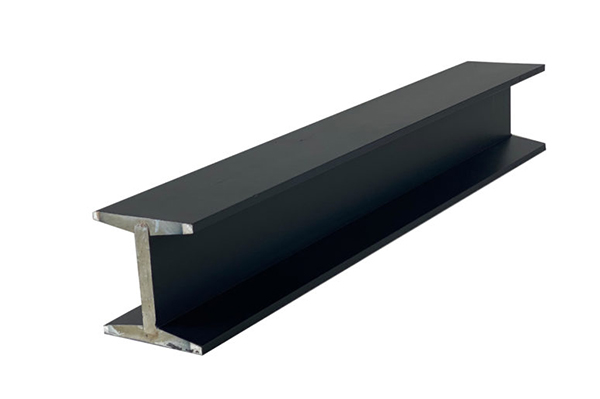Conquering Spans: Choosing the Right Steel Beam Size for Your 24-Foot Project
Imagine tackling a project that requires a sturdy foundation, like building a deck, supporting a mezzanine floor, or constructing a workshop. Steel beams emerge as reliable heroes, but navigating their diverse sizes can be daunting. “What size steel beam do I need to span 24 feet?”
Unveiling the Factors: Understanding What Influences Beam Selection
Before unveiling the perfect beam size, let’s delve into the factors influencing your choice:
- Span: This refers to the distance the beam needs to support, which in your case is 24 feet. Remember, longer spans require sturdier beams to handle the increased weight distribution.
- Load: This signifies the total weight the beam needs to bear, including the weight of the structure it supports (e.g., floor joists, decking, people), as well as the weight of the beam itself.
- Support Conditions: This encompasses how the beam is supported at its ends. Common support conditions include simply supported (resting on two supports), cantilever (fixed on one end and free on the other), and continuous (supported by multiple points).
- Material Properties: Different steel grades possess varying strength and weight capacities. Common grades include A36 and A992, each offering different load-bearing capabilities.
- Deflection: This refers to the amount the beam will bend under load. While some deflection is inevitable, excessive bending can compromise the structure’s integrity and aesthetics.
Navigating the Options: Exploring Different Beam Types
Now that you understand the influencing factors, let’s explore the two main types of steel beams commonly used for spanning distances:
- Wide Flange Beams (W-Beams): These have an “H” shaped cross-section and offer exceptional strength and versatility. They are widely used in various construction applications, including framing buildings, supporting floors, and building bridges.
- Steel Tubing: These are hollow sections with a circular or square cross-section. They offer good strength-to-weight ratio and are often used in applications requiring lighter weight support, such as roof trusses or purlins.
Matching the Beam to the Challenge: Selecting the Right Size for Your 24-Foot Span
While providing an exact recommendation requires specific information about your project, including load, support conditions, and desired deflection, here’s a general guideline for a 24-foot span:
- For a typical residential deck with a moderate load: Consider a W8x24 (A36) beam. This provides good support for standard deck weights and offers a balance between strength and affordability.
- For heavier loads, like a mezzanine floor: A W12x26 (A36) beam or a W10x33 (A992) beam might be more suitable. These offer increased load-bearing capacity for heavier applications.
Remember: This is just a starting point. Always consult with a qualified engineer or structural professional to determine the exact beam size required for your specific project. They will consider all critical factors like load, support conditions, and safety codes to ensure your structure is safe and structurally sound.
Beyond the Basics: Additional Tips for Success
- Never exceed the recommended load capacity of a beam.
- Purchase beams from reputable suppliers who can provide material certificates.
- Ensure proper installation by qualified professionals, following industry standards and building codes.
- Regularly inspect your beams for any signs of damage or corrosion.
By understanding the factors influencing beam selection, exploring different types, and seeking professional guidance, you’ll be well-equipped to choose the right steel beam size for your 24-foot span project. Remember, a sturdy foundation is crucial for a safe and successful project.
Post time: Feb-29-2024






